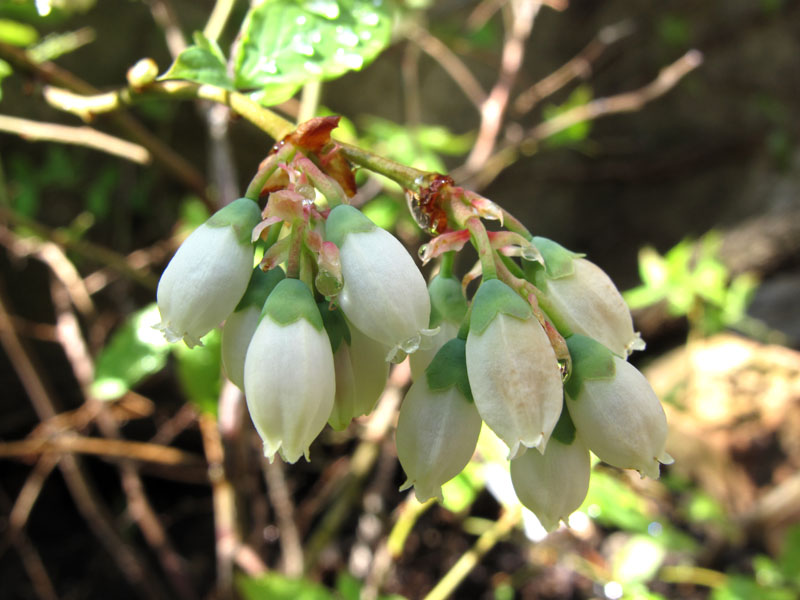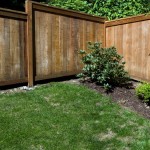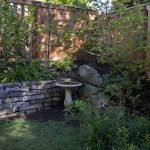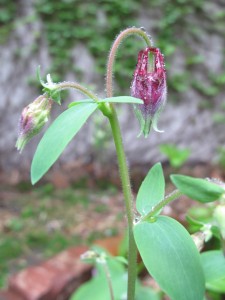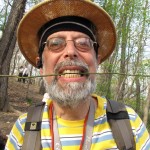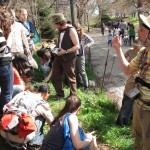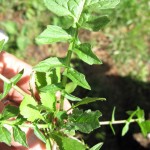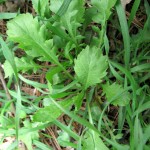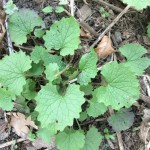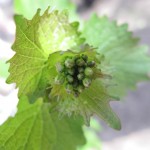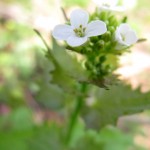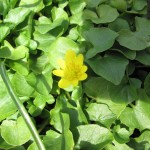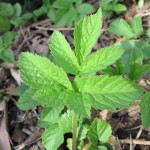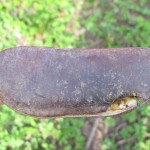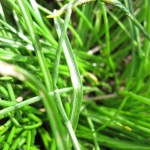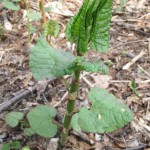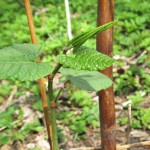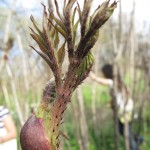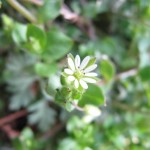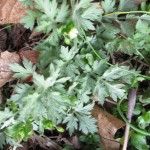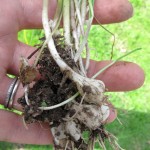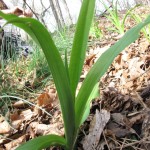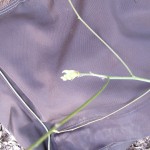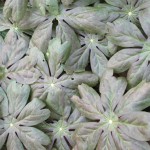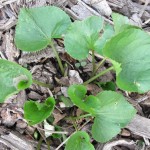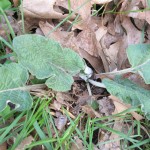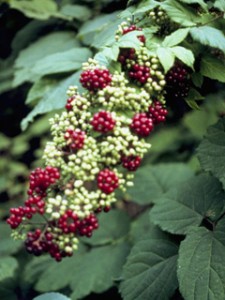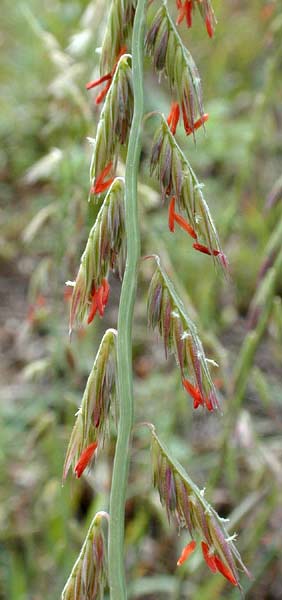
Sideoats Grama Prairie Grass
By CALLIE WHITE
THE DAILY WORLD
OLYMPIA, Wash. — When the Nature Conservancy and The Evergreen State College needed a lot of labor for not a lot of money in order to help preserve a pristine piece of wetland, they ended up turning to Stafford Creek Prison, of all places.
It was quite a meeting, said Nalini Nadkarni, a professor at Evergreen.
“One of the things I see as a stereotype is that prisons are black holes for people, money, resources and effort,” Nadkarni said. Of course, as a scientist, she was used to being pegged with a stereotype herself, as the fuzzy-headed Ivory Tower academic pursuing arcane knowledge of little practical value.
Nadkarni’s pilot project has inmates cultivating endangered prairie grasses and so far, it’s been a success.
In a large greenhouse behind the prison’s campus, offenders plant individual seeds of showy fleabane in hundreds of yellow plastic tubes. Other species of grasses are already starting to grow in starter containers in the back of the greenhouse. Near where the prisoners work, a glassed-in beehive thrums with activity.
Volunteers collected the seeds by hand out in the field. Now, inmates are dusting them over lightly with soil.
“They’re so small,” inmate Toby Erhart said of the seeds, which he’s trying to put five to 10 of in each tube. Although the work is “tedious, at best,” he added that it’s a privilege to be outdoors.
Edward Turner, an inmate who says he was an organic farmer from Eastern Washington, said he was “from the old school hippies! In the days before it was popular.”
It was nothing new to Turner to plant seeds that would restore soils, but it was clear that it was a task he particularly enjoyed.
“This is real good for me,” Turner said. “We’re helping in some small way to make the planet a better place. It’s good to bring nature back.”
Once the grasses have sprouted and grown, they’ll be taken to Fort Lewis, where they’ll be planted in meadows that are used as artillery ranges.
“Artillery fields are the most pristine areas because nothing goes there,” said Rod Gilbert, a biologist at Ft. Lewis with the state Department of Fish and Wildlife. The only creatures that dare to enter are birds, insects and small animals such as frogs and Mazama pocket gophers, he said.
Once the grass patches are established, they can be used for seed collection, so another round of propagation can begin.
Although it is hard to think of grasses as endangered species, it’s a fact, Gilbert said.
“Native Americans used to burn off the meadows with fire once a year,” he said. That both helped the grasses propagate and repressed tree seedlings. But the practice stopped when settlers came to the Oregon Territory and took the land as their own, causing forest to encroach on the grasslands, he said.
This will be the first large-scale restoration project launched from a prison on the West Coast, Gilbert said.
“We’re totally psyched about it,” he added.
This is not the first partnership between the Corrections Department and the Nature Conservancy. Cedar Creek Corrections Center ran a program breeding endangered frogs. One of the offenders who worked on the project became part of the scientific team that published articles in scientific journals about their discoveries, Nadkarni said.
It’s exciting to see the critical thinking and observational skills of scientists develop in inmates, she added.
“For scientists like me, I think it’s important to talk to people beyond academia,” Nadkarni said. “We need to transmit our way of understanding the world.”
The project, which is funded by federal dollars, just couldn’t have been feasible outside of the prison, said Jeff Muse, Evergreen’s sustainable prisons project manager. It takes too much labor, which is extremely expensive on the outside. Offenders make about 45 cents an hour.
More than their wages, the prisoners not only learn the skills of cultivating plants, they learn they can use that skill outside of landscaping and gardening, Muse said.
“It’s green-collar education,” he said.
But Muse, like Nadkarni, sees the program in a much broader light. Making an institution compensate in some way for its use of environmental resources makes a much larger impact than just hoping everyone tries to cut down on creating trash and buys fluorescent lights. He likened institutions such as hospitals, prisons and schools to cargo ships, which don’t turn on a dime, but do gather steam as they head in a new direction.
Julie Vanneste, the Department of Correction’s sustainability coordinator, said Washington is a model state when it comes to sustainability, and Stafford Creek is its model prison for sustainability.
Muse pointed out that sustainability is often cast as a concern of yuppies. He shares Nadkarni’s misson to spread the scientific word to everyone. Global climate change and the rapid loss of species to overdevelopment will ultimately affect everyone, he said. As a scientist, however, he said he realizes the programs may sound great, but he’s hoping to back them up with studies to find out how effective they are.
“None of this will matter unless we figure out how it works or why it works,” Muse said.
Stafford Creek’s sustainability programs don’t start and end with field grasses. The prison composts its food waste and grows its own fruits and vegetables. It has a comprehensive recycling program. And it repurposes old bikes to give to charity.
Reusing and fixing old things isn’t just a skill for the prison, it’s a skill that can start a business. Muse brought Eli Reich, a former Seattle bike messenger who founded Alchemy Goods when he started selling bags made out of old inner tubes, to talk to the inmates about his business. Muse said offenders could do the same once they got out of prison.
“We want them to take what is useless and make it useful,” Muse said.
The same could be said, to a degree, about the inmates. Dan Pacholke, former Stafford Creek superintendent and current facilities administrator for Western Washington, said 97 percent of the state’s 16,000 offenders are headed for release someday, and they need to come out better than they went in. And doing science, which gets inmates to use critical thinking skills and creates a sense of social engagement, is one way to do that.
“I’d like to see science projects in every prison in the state,” Pacholke said.

